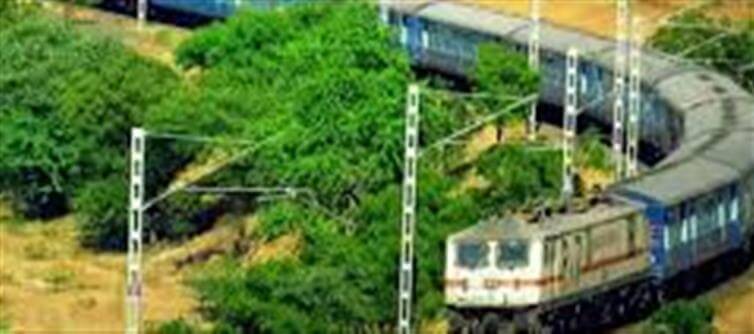
1. Why train Schedules Are Disrupted
· Dense fog in several regions has reduced visibility on railway tracks, making it unsafe for trains to operate at normal speeds.
· Safety is the top priority, so railway authorities have slowed down trains and canceled some services to prevent accidents.
2. Which Trains Are Affected?
· Many long-distance and intercity trains on this route have been delayed or running at reduced speeds.
· Certain trains have been temporarily canceled; passengers are advised to check official railway updates before traveling.
· Regional and local trains may also experience minor delays due to the fog and operational adjustments.
3. How Passengers Can Stay Updated
· Official Railway Websites & Apps: indian Railways and irctc websites provide real-time train status updates.
· SMS & Helpline Services: Passengers can use SMS or call railway helplines for schedule information.
· Station Announcements: Keep an ear on platform announcements, which may inform about last-minute changes.
· Travel Apps: Apps like RailYatri or NTES provide live updates and rescheduling notifications.
4. Tips for Traveling During Foggy Conditions
· Plan Ahead: Check your train status a day before and on the day of travel.
· Arrive Early: Allow extra time at the station to avoid last-minute rush.
· Carry Essentials: Bring food, water, and warm clothing, especially for delayed journeys in foggy winter mornings.
· Stay Calm: Expect minor delays or rescheduling; maintain patience and follow railway staff instructions.
5. Important Takeaways
· train services may remain disrupted until weather conditions improve.
· Travelers are advised not to rely solely on scheduled timings and verify their train status frequently.
· Safety remains the priority, so slower trains or cancellations are temporary but necessary precautions.
💡 Tip: If your journey is not urgent, consider rescheduling or opting for alternative modes of transport until the fog clears.
Disclaimer:
The views and opinions expressed in this article are those of the author and do not necessarily reflect the official policy or position of any agency, organization, employer, or company. All information provided is for general informational purposes only. While every effort has been made to ensure accuracy, we make no representations or warranties of any kind, express or implied, about the completeness, reliability, or suitability of the information contained herein. Readers are advised to verify facts and seek professional advice where necessary. Any reliance placed on such information is strictly at the reader’s own risk..jpg)




 click and follow Indiaherald WhatsApp channel
click and follow Indiaherald WhatsApp channel